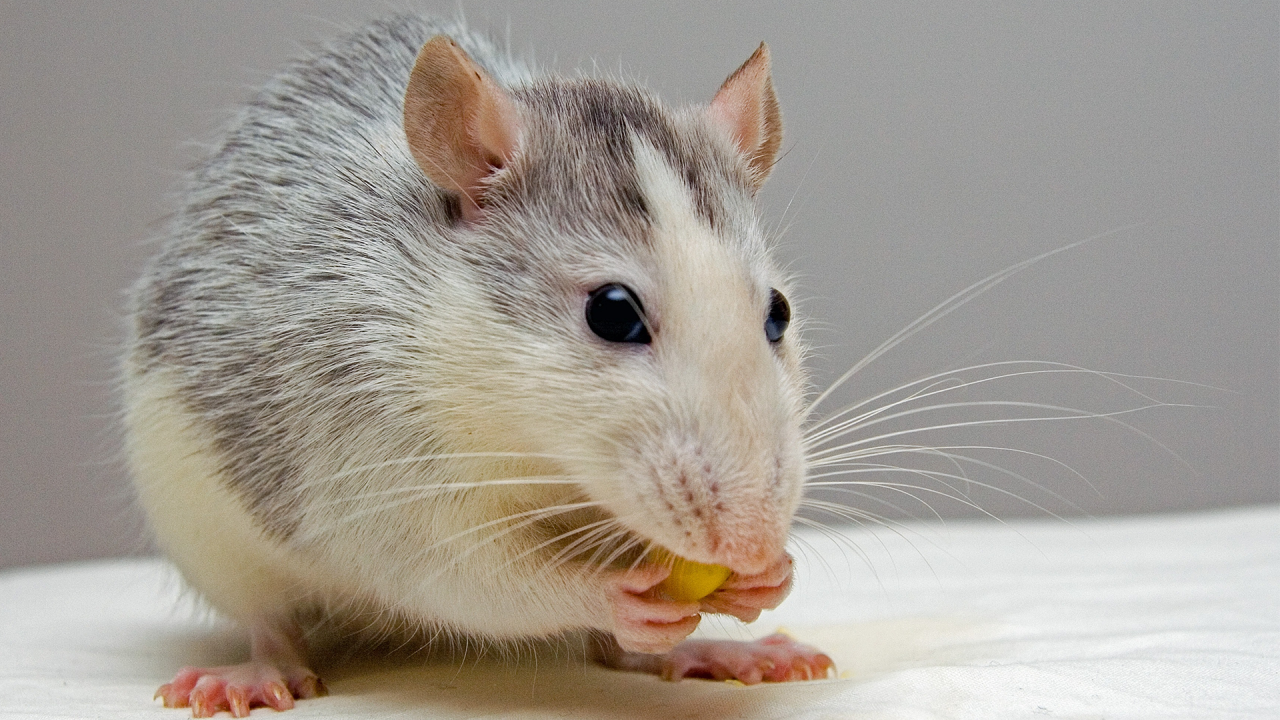How Many Rats Are in the World: Unraveling the Rodent Population
Rats, often considered pests, are ubiquitous creatures that have adapted and thrived in various environments worldwide. Yet, one intriguing question frequently arises: "How many rats are in the world?" In this article, we will delve into the world of rats, explore their population dynamics, and attempt to estimate the global rat population.
1. Rats: Masters of Adaptation

Rat
Before we attempt to determine the global rat population, let's take a moment to understand these remarkable rodents:
a. Diverse Species: Rats belong to the family Muridae and encompass various species, with the brown rat (Rattus norvegicus) and the black rat (Rattus rattus) being the most common.
b. Global Distribution: Rats have spread across the world, inhabiting urban areas, farmlands, forests, and even remote islands.
2. The Challenge of Estimating Rat Population
Rats are known for their prolific breeding and rapid population growth, making it challenging to obtain precise population figures:
a. Rapid Reproduction: Rats can reproduce quickly, with a single pair potentially producing dozens of offspring in a year.
b. Urban and Rural Habitation: Rats are found in both urban and rural environments, making it difficult to track their populations accurately.
3. Estimates of the Global Rat Population

Global Rat Population
While it is nearly impossible to determine the global rat population with absolute precision, experts have made estimates based on available data:
a. Conservative Estimates: Conservative estimates suggest that there may be over 6 billion rats worldwide.
b. Higher Estimates: Some sources speculate that the global rat population could be as high as 11 billion or more.
4. Factors Influencing Rat Populations
Several factors contribute to the variability in rat populations:
a. Food Availability: Abundant food sources, such as garbage and agricultural crops, can support larger rat populations.
b. Predation and Disease: Natural predators, such as owls and snakes, as well as diseases, can regulate rat populations.
5. The Impact of Rats
Rats have both positive and negative impacts on ecosystems and human societies:
a. Pest Control: Rats can serve as natural pest controllers by consuming insects and agricultural pests.
b. Disease Vectors: Rats are known to carry diseases that can be transmitted to humans, making them a public health concern.
6. Efforts to Control Rat Populations
Due to their potential harm to agriculture and public health, efforts have been made to control rat populations:
a. Rodenticides: Chemical control measures like rodenticides are used to manage rat populations, but their efficacy is often debated.
b. Integrated Pest Management: Integrated approaches that combine sanitation, habitat modification, and targeted pest control are increasingly employed.
While it is challenging to provide an exact number, it is evident that rats are a highly adaptable and numerous group of rodents found across the globe. Estimates suggest there could be billions of rats worldwide, coexisting with humans in both urban and rural settings. Understanding rat populations and their dynamics is essential for managing potential pest issues and preserving ecosystems. As rats continue to thrive and adapt, their presence remains a testament to the resilience and adaptability of these remarkable creatures in the face of changing environments.